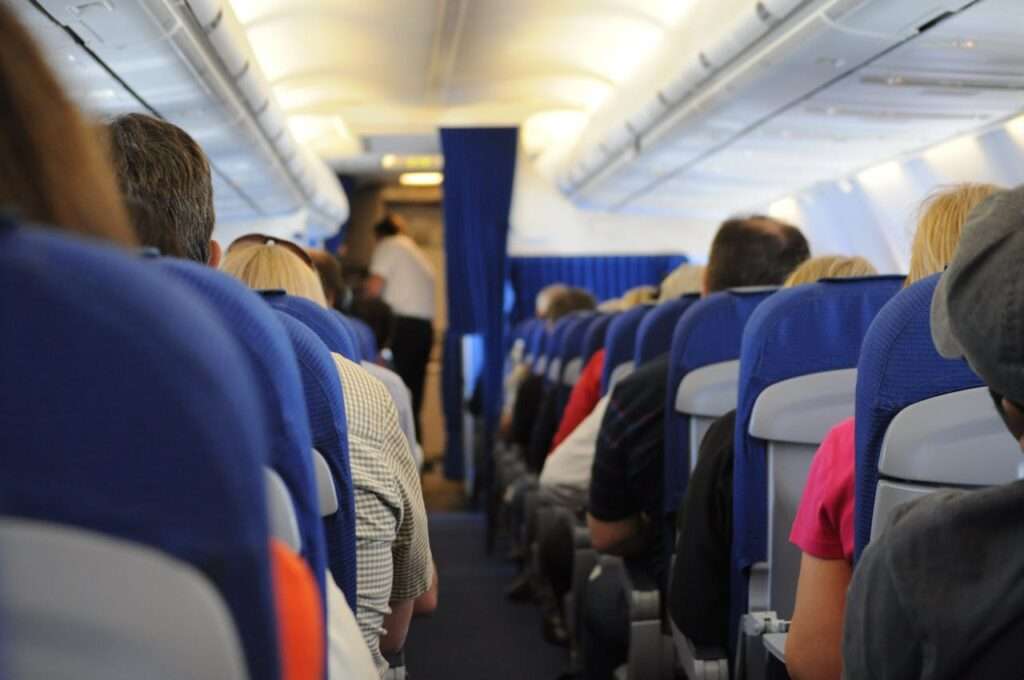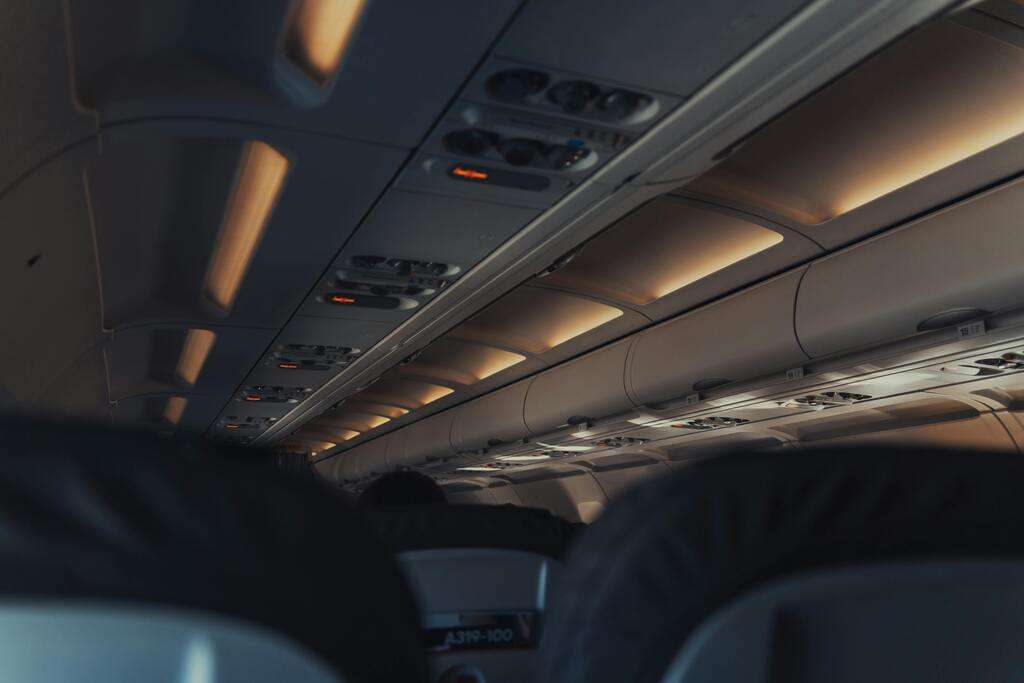A recent fatality and multiple passenger and cabin crew injuries has put the spotlight on inflight turbulence encounters.
Many flyers dread the in-flight announcement: “Flight attendants, please be seated.” And whilst airlines recommend that passengers wear a seatbelt at all times when seated, many don’t.
While most turbulence is mild and poses little threat, severe encounters can and do cause injuries, notably to passengers who aren’t buckled up.
In light of recent incidents, the question arises: Should airlines tighten seatbelt policies to enhance passenger safety?
Major of Injuries are Unbuckled Occupants
The answer lies in understanding the root cause of turbulence-related injuries. Statistics consistently show that the vast majority of injuries sustained during turbulence involve passengers who were not wearing their seatbelts.
A 2019 study by the Federal Aviation Administration (FAA) in the United States revealed that over 90% of injuries during turbulence were to unbuckled passengers.

This highlights a critical gap between passenger behavior and safety protocols. Current regulations require airlines to illuminate the seatbelt sign during takeoff, landing, and periods of expected turbulence.
However, some passengers disregard the sign, choosing to stand up, use the lavatory, or retrieve luggage from overhead bins.
However, many passengers disregard the recommendation to wear seatbelts at all times when seated.
Air Turbulence Incidents: Stricter Policies Warranted?
Here’s where the debate intensifies. Should airlines go beyond simply illuminating the sign? Some propose stricter enforcement, with flight attendants empowered to issue warnings or fines for non-compliance.
Others advocate for mandatory seatbelt use whenever seated throughout the entire flight, similar to policies in some countries. This middle ground seems to be the most logical and practical strategy.
Following the recent incident which sadly resulted in a death, and multiple passengers seriously injured, Singapore Airlines tightened inflight cabin service policies.

Proponents of stricter policies argue that prioritizing safety justifies a more proactive approach. They point out that turbulence can be unpredictable, especially clear-air turbulence. This phenomenon is virtually invisible and undetectable by radar.
A sudden jolt, even in the order of a height loss of a few hundred feet, can leave an unbuckled passenger airborne, potentially injuring themselves or others.
What is clearly evident from studies is that the majority of injuries sustained in such encounters were flight occupants not wearing a seat belt.
Opponents argue that stricter enforcement could create an overly controlled environment and raise anxieties. They also express concerns about potential conflict with passengers who resist complying.

Finding the Middle Ground
A 2021 NTSB Report found that the wearing of seatbelts whenever seated would almost negate the risk of injury during air turbulence incidents.
Finding a suitable middle ground is crucial. Airlines can certainly enhance current protocols. Flight attendants could be trained to deliver more impactful announcements, emphasizing the genuine risks of turbulence and the importance of remaining buckled.
Airlines could also consider bolstering in-flight videos or educational materials reiterating seatbelt safety and issues with air turbulence incidents.
Additionally, exploring options for user-friendly in-seat reminders during periods of high altitude, statistically more prone to turbulence, could prove beneficial.
Ultimately, the goal is to cultivate a culture of safety awareness among passengers. Airlines can achieve this through a combination of education, improved communication, and potentially, technological advancements.

Click the banner to subscribe to our weekly newsleter.

Click the photo to join our WhatsApp channel so then you can stay up to date with everything going on in the aviation industry!









